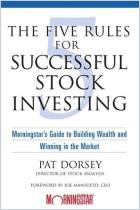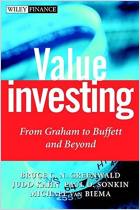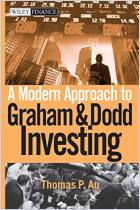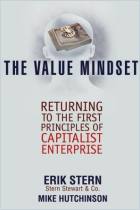
The Streetsmart Guide To Valuing A Stock
The Savvy Investor's Key To Beating The Market
Recommendation
Everything you need to know about how to value a stock is inside this book - somewhere. Finding it however, can be a problem, as it sometimes seems that the editors used the random dart theory of selection in putting together the chapters. For example, in order to understand the concepts presented in Chapter two, you need information that is contained in Chapters three and five. Once you figure out how to navigate it, though, this book is a valuable resource and a powerful educational tool for investors from neophyte to intermediate. It’s encyclopedic in its scope, and the pages in the included glossary are sure to become dog-eared from use. getAbstract.com recommends this book to investors of all levels. Beginners will learn critical concepts and terms, while more experienced investors will come to rely on this book as a trusted reference companion.
Summary
About the Authors
Gary Gray, Ph.D is a visiting professor of finance at Pennsylvania State University. He consults regularly with investment and commercial banks, and was managing director of a major Wall Street investment bank. Patrick J. Cusatis, Ph.D teaches finance at Pennsylvania State and is a director at First Union National Bank. He has also written articles and a previous book. J. Randall Woolridge, Ph.D. CNN’s Money Line and CNBC’s Business Today and has written several journal articles
























Comment on this summary